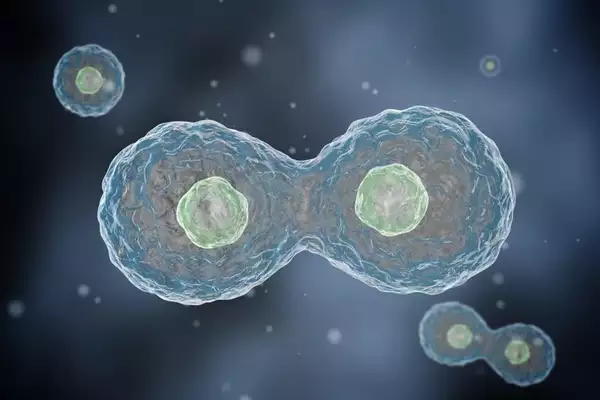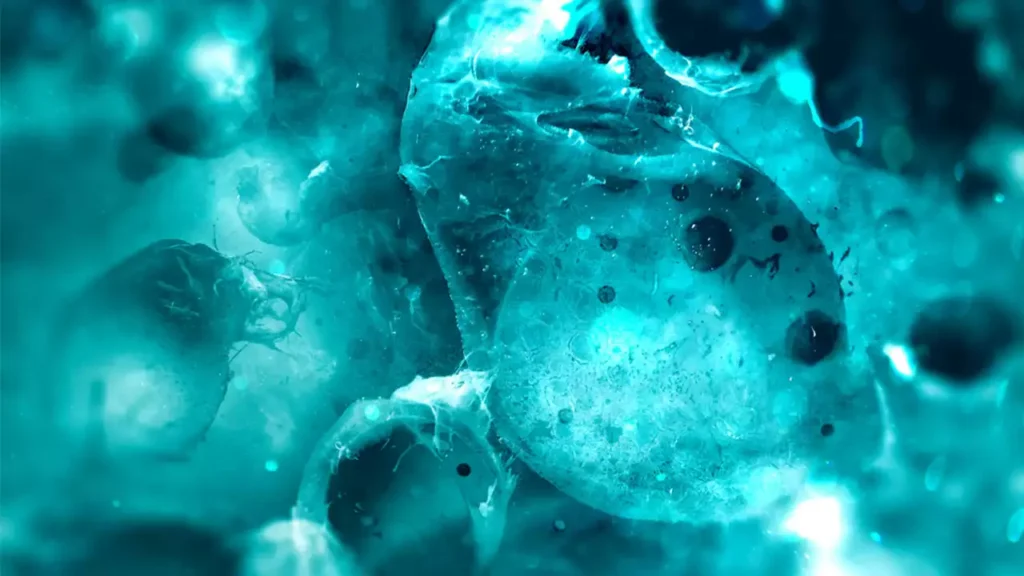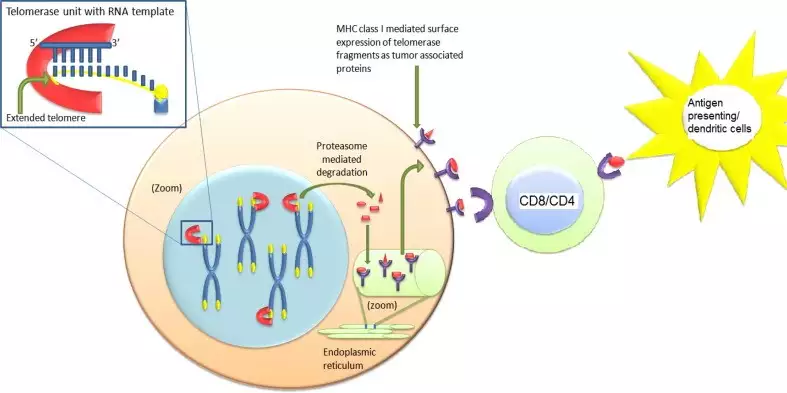Biomedical researcher Leonard Hayflick, who discovered Hayflick Limit that normal somatic cells can divide only a certain number of times, died recently at the age of 98.
About Hayflick Limit:
- It refers to the number of times a normal somatic cell can divide before it stops.
- Discovered by Leonard Hayflick in the early 1960s, this limit typically ranges between 40 and 60 divisions for most human cells.
- This phenomenon is closely linked to the process of aging, as cells reach a stage called senescence when they can no longer divide.
- The accumulation of these senescent cells in the body contributes to the aging process and the decline in bodily functions.
Key Aspects of the Hayflick Limit:
- Somatic cells, which are any cells in the body that are not reproductive cells (like sperm and eggs), have a finite number of divisions.
- After reaching this limit, the cells enter a non-dividing state known as senescence, contributing to the body’s aging process.
Telomeres and the Hayflick Limit:
- The mechanism behind the Hayflick limit is closely associated with telomeres, which are repetitive DNA sequences at the ends of chromosomes.
- Each time a cell divides, its telomeres become slightly shorter. Once the telomeres reach a critical length, the cell can no longer divide, enforcing the Hayflick limit.
- Telomeres act as protective caps that prevent the loss of genetic information during cell division. However, their gradual shortening leads to the eventual cessation of cell division.
Telomerase and Potential Implications:
- Telomerase is an enzyme that can extend telomeres, effectively allowing cells to bypass the Hayflick limit.
- This enzyme is active in certain cells, like stem cells and cancer cells, allowing them to divide indefinitely.
- While the activation of telomerase could theoretically counteract aging, it also poses risks like cancer, since unchecked cell division is a hallmark of cancerous cells.
Limits of Longevity:
- The Hayflick limit suggests that there is an inherent biological clock in organisms that dictates lifespan.
- For humans, this limit is estimated to allow a maximum lifespan of about 125 years.
- Beyond this point, no interventions such as diet or exercise can significantly extend life, though advances in biotechnology might offer future possible.
Ref: Source
| UPSC IAS Preparation Resources | |
| Current Affairs Analysis | Topperspedia |
| GS Shots | Simply Explained |
| Daily Flash Cards | Daily Quiz |
Frequently Asked Question:
What is the Hayflick Limit?
The Hayflick Limit refers to the number of times a normal somatic (non-reproductive) cell can divide before it stops. This limit typically ranges between 40 and 60 divisions for most human cells.
Who discovered the Hayflick Limit?
The Hayflick Limit was discovered by Leonard Hayflick in the early 1960s. His work fundamentally changed our understanding of cellular aging.
How does the Hayflick Limit relate to aging?
As cells reach the Hayflick Limit, they enter a state called senescence, where they can no longer divide. The accumulation of these senescent cells in the body contributes to the aging process and the decline in bodily functions.




